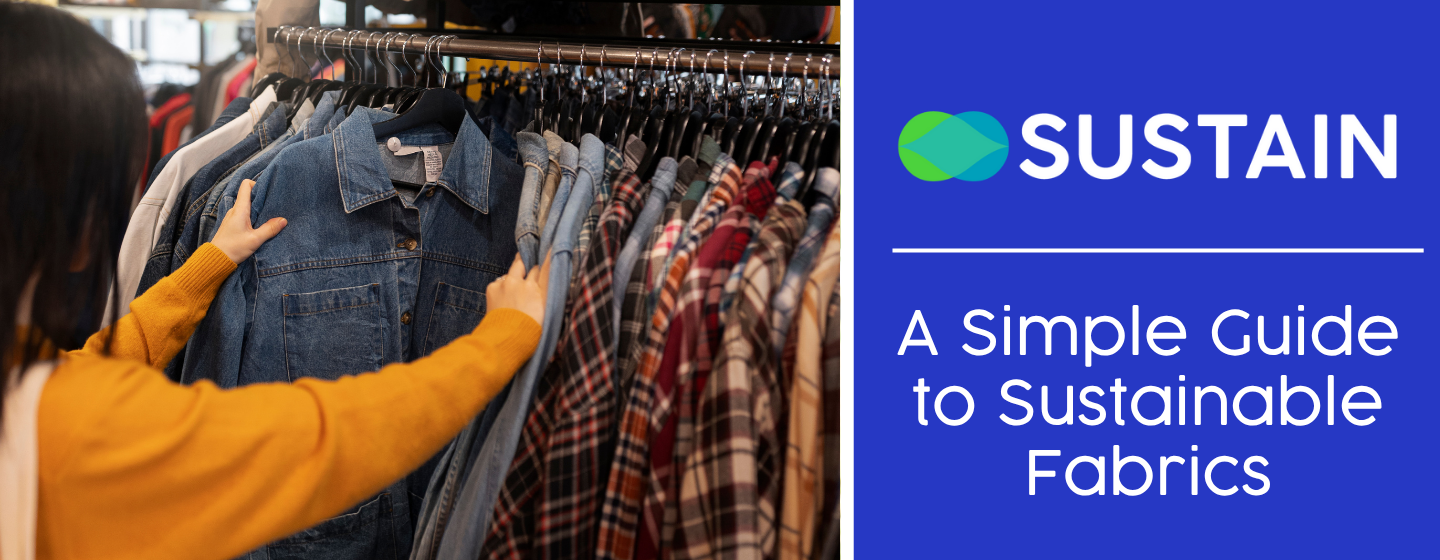Sustainable Fabrics



What comes to mind when you think about sustainable fashion? Is it thrifting, repairing clothes, or buying from eco-conscious brands? All of this is true…however, one of the biggest factors in fashion’s environmental impact is something many people overlook: the fabric itself!
Every piece of clothing is made from a unique material, and each one has its own footprint. This can range from how much water it takes to produce, to how it’s processed, and even how it breaks down (or doesn’t) once it’s no longer wearable. The good news? You’re HERE! Learning a little about fabrics can help you make smarter, more sustainable choices when shopping or cleaning out your closet.
You may be wondering what some of these terms mean but no worries, let’s break it down:
So, while synthetic fabrics may save water during production, their long-term environmental impact makes them far less sustainable.
As you can see, there’s no single “perfect” fabric. But understanding the pros and cons of each can help you make better choices. Fabrics like linen, hemp, silk, and wool tend to have the lowest long-term impact (though they may require extra care). Meanwhile, polyester, nylon, acrylic, and spandex are durable and practical, but as synthetic fabrics, they contribute heavily to microplastic pollution.
🌍 Next time you’re shopping, take a second to check the tag for fabric details, and remember: the materials you wear matter just as much as the style!
Did you learn something new? Please take a moment to answer this short survey.